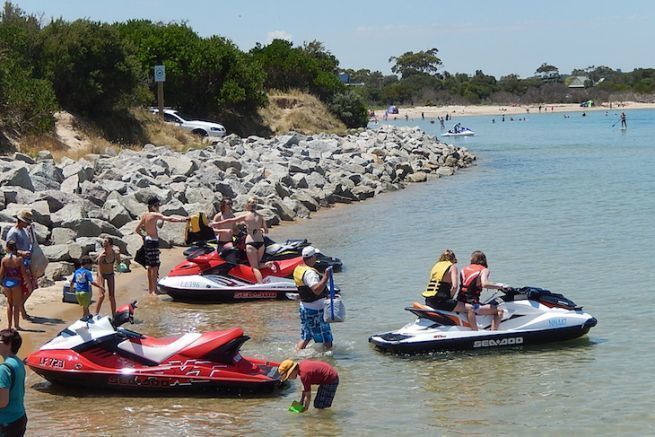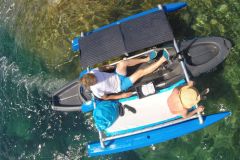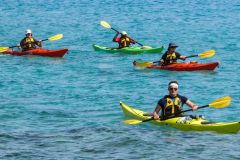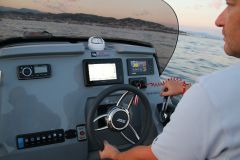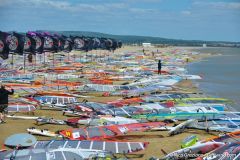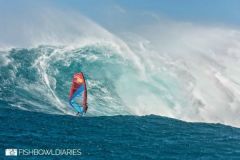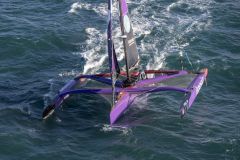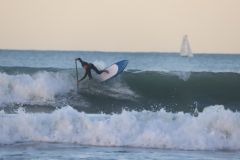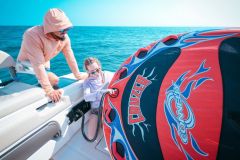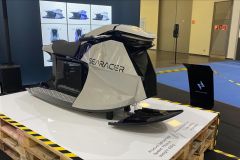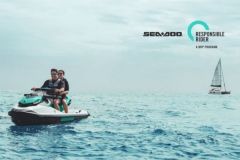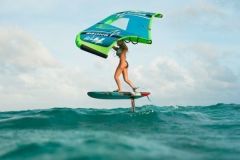In the middle of summer vacations, it is good to remind some safety rules and precautions to take when practicing water sports at sea. We are talking about non-boats such as windsurfing, motorized watercraft, kayaking or rowing, or stand-up paddling.
Because if these watercrafts are often put at disposal by the nautical clubs, without preliminary experience, certain precautions must be taken.
Don't forget your personal flotation device
We always find a good excuse not to wear our lifejacket: lack of comfort, discomfort, weight, etc. However, whatever the practice, one should wear a lifejacket.
For water sports, the latter will depend on the practice and the sailing conditions. Within 2 miles of a shelter, a 50 newton buoyancy aid may be sufficient. Between 2 and 6 miles from a shelter, a lifejacket is preferable. These should be coupled with a lighted locator device. Here's how to choose the right vest .
Respect the speed!
Remember that in the 300-meter coastal strip, speed is limited to 5 knots. Therefore, move with caution.
Windsurfing and kitesurfing
According to the regulations, windsurfing or kitesurfing can only be practiced during the day and at a distance not exceeding 2 miles from a shelter (3.7 km).
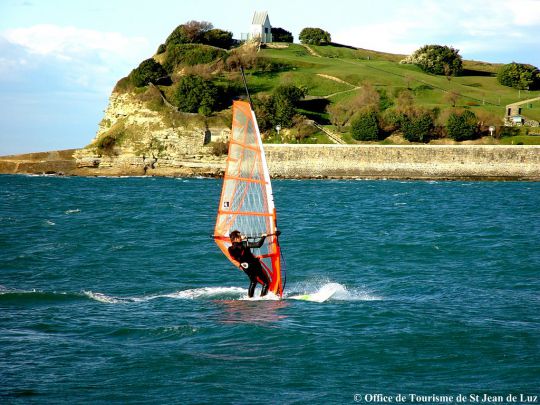
Required equipment
For windsurfers practicing in the 300 m coastal zone, there is no obligation to carry safety equipment. Beyond 300 m, it is necessary to carry a buoyancy aid of 50 newtons minimum or a wetsuit as well as an individual waterproof light (flashlight or cyalume type) with a minimum autonomy of 6 hours.
Personal watercraft (PWC)
We are talking about arm jets and saddle jets with a hull length of less than 4 m and powered by an internal combustion engine. They can be used alone or in groups, sitting or standing.
The VNM with a minimum of 2 seats can navigate up to 6 miles from a shelter, the others remain limited to 2 miles. In all cases, a boating license is required.
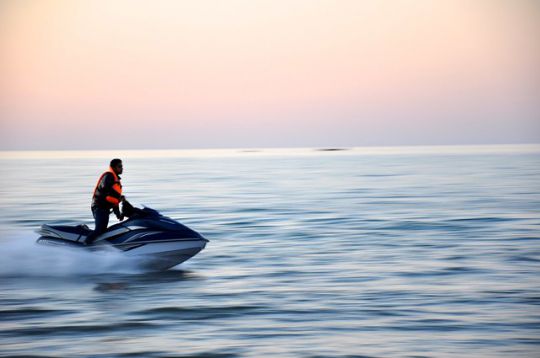
Required equipment
Up to 2 miles, the basic equipment applies. That is to say, 1 individual buoyancy equipment per person with its luminous identification system, a towing device, 1 bailer, a bucket and a hand pump, 1 means of knowing the hours and coefficients of the tide as well as a national flag outside of the territorial waters.
For use up to 6 miles offshore, the Coastal Endowment applies. Consult it by reading What is the mandatory safety equipment on board a pleasure craft? .
Sea kayaks and oars, stand up paddle, canoes and beach gear
Beach craft are boats less than 3.50 m long and propelled solely by human power. They are neither self-bailing nor watertight and do not meet the requirements of stability and buoyancy.
In this category, we also find self-bailing or watertight boats, which meet the standards of buoyancy and stability and which are propelled by paddles or oars.
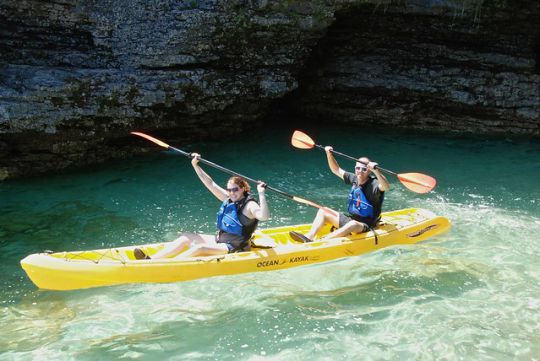
Required equipment
The beach gear are approved to navigate in the 300 m coastal zones and do not have mandatory equipment.
For the self-draining or watertight boats The navigation is limited to one day and to 6 miles from a shelter. Up to 2 miles, you must have a means to stay in contact with your boat and to get back on board alone or with a companion.
Up to 6 miles - paddles are not allowed to go that far - the previous obligations are completed by other recommendations. It is obligatory to navigate with a minimum of 2 boats and each group of 2 must embark a VHF of a minimum power of 5 watts, waterproof, not sinking and permanently accessible.
